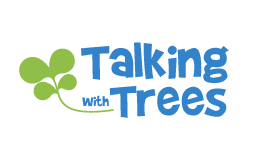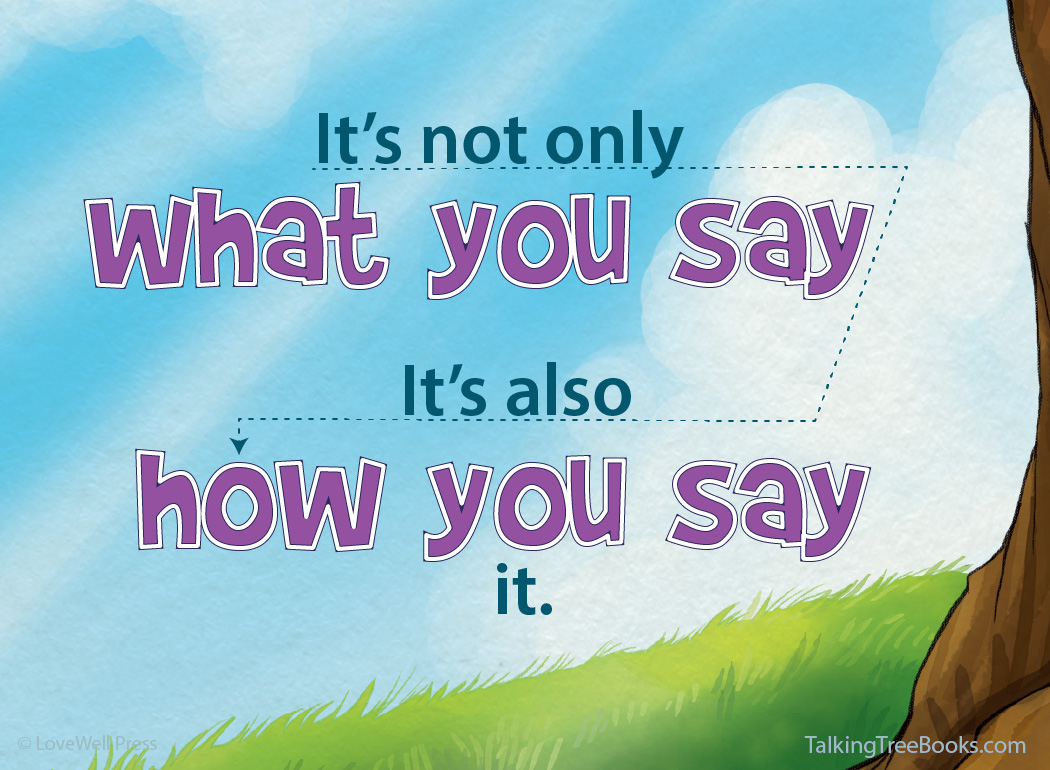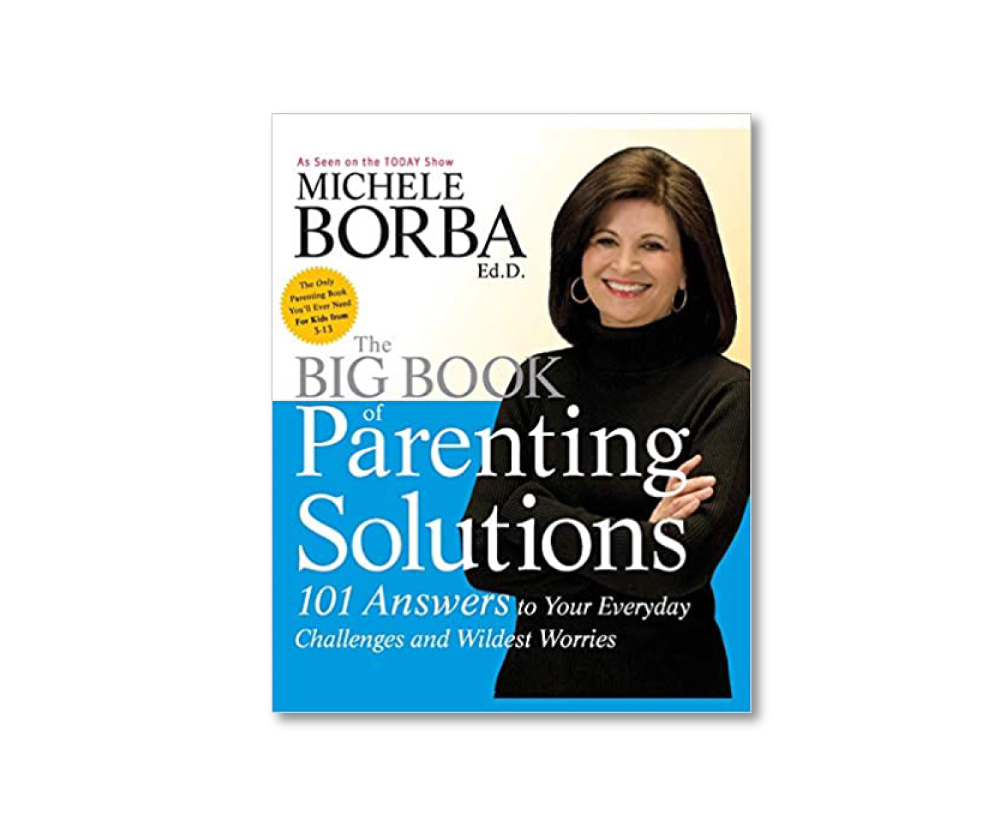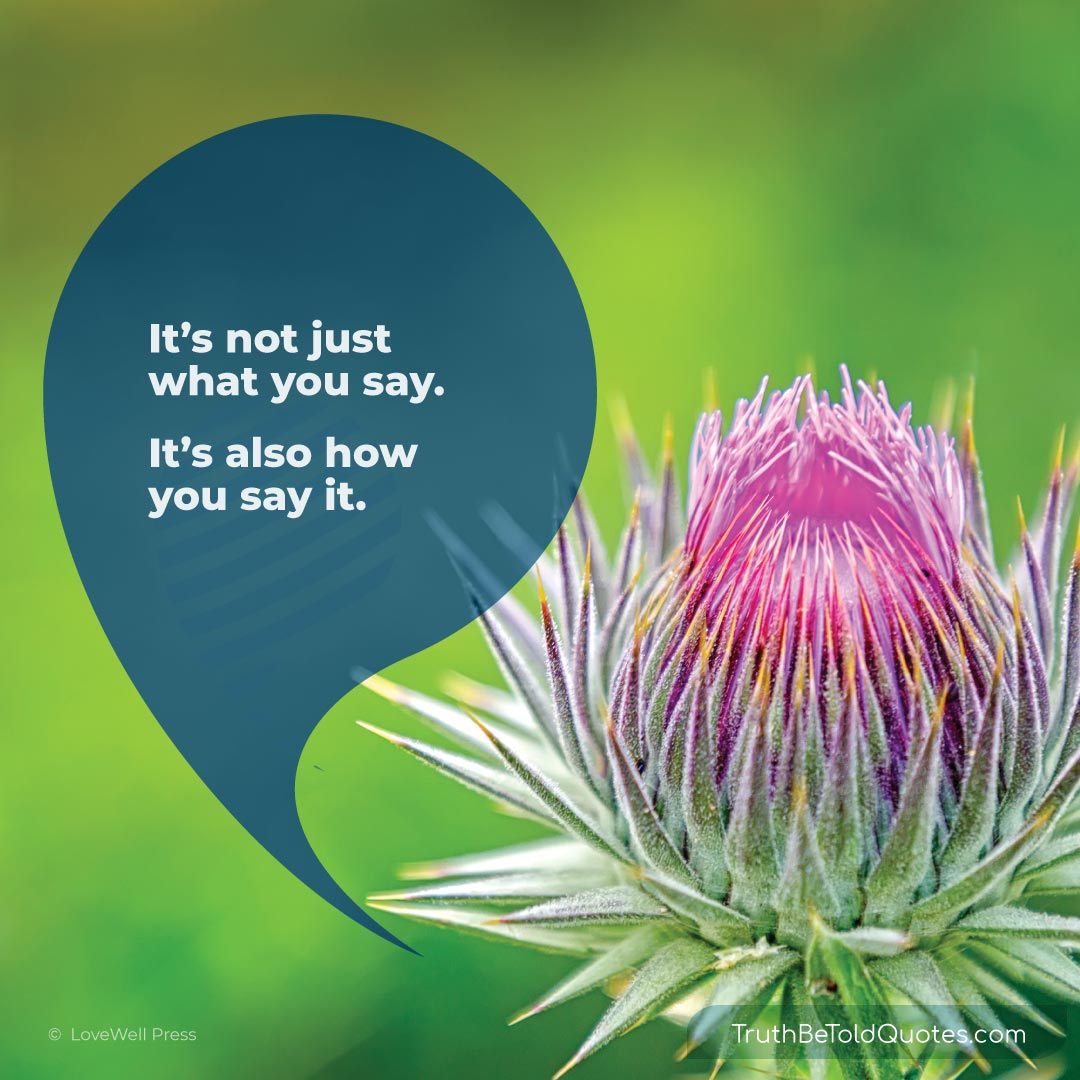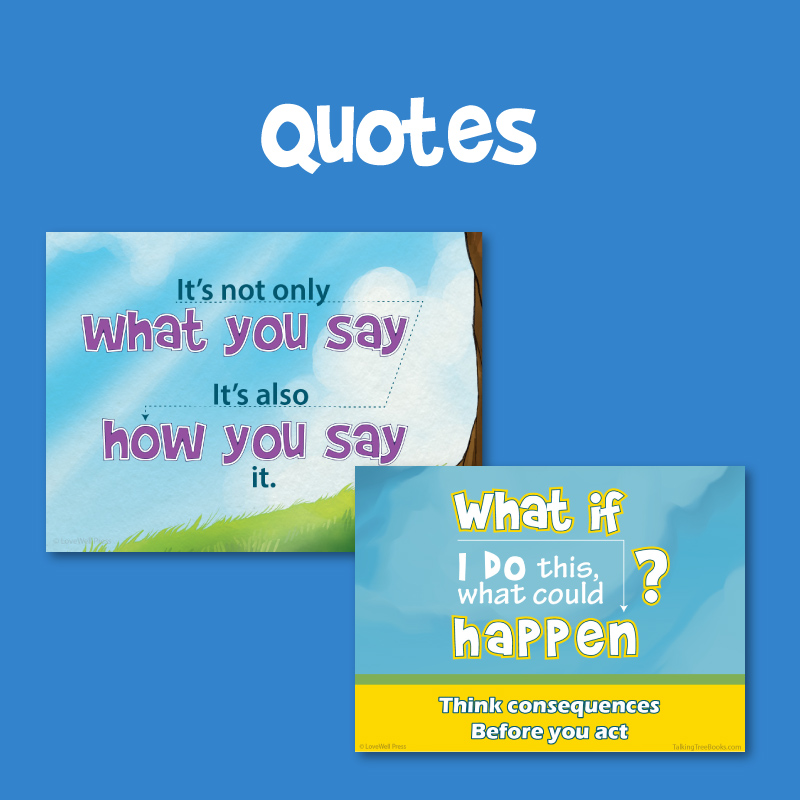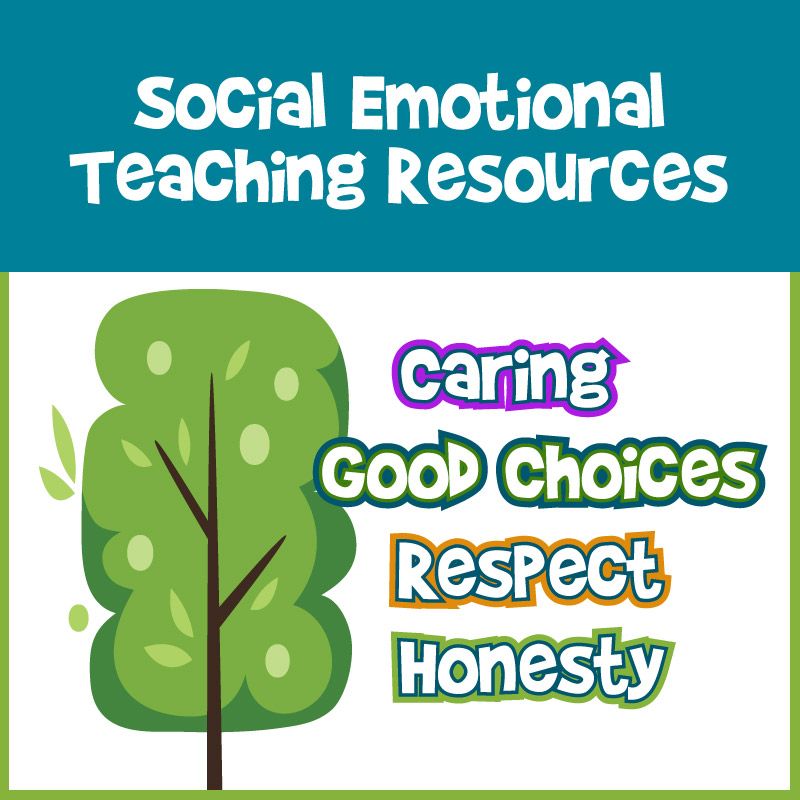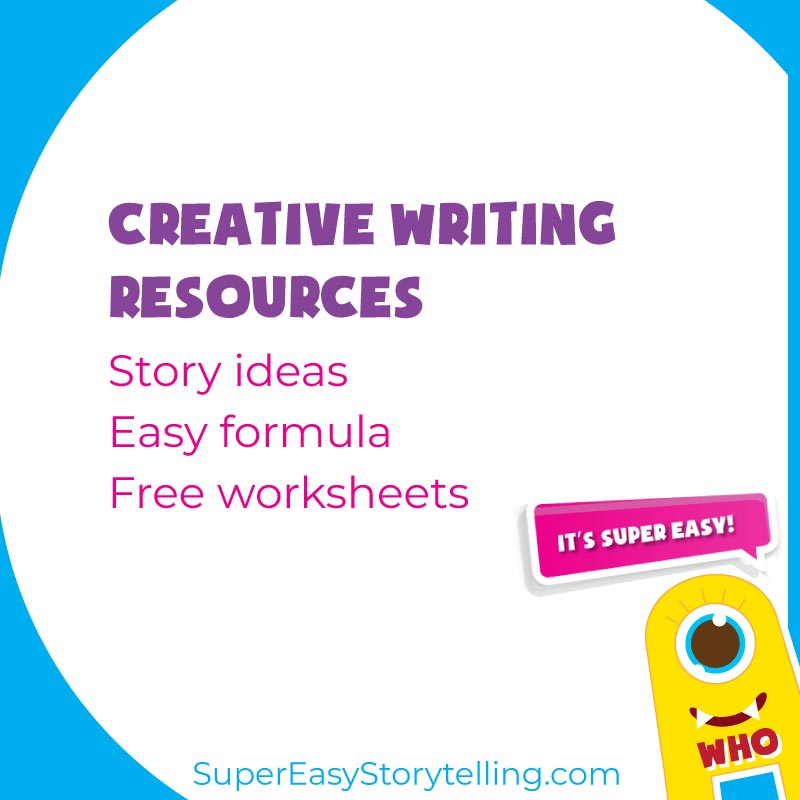Whatever!
Tips for teaching kids to communicate with respect
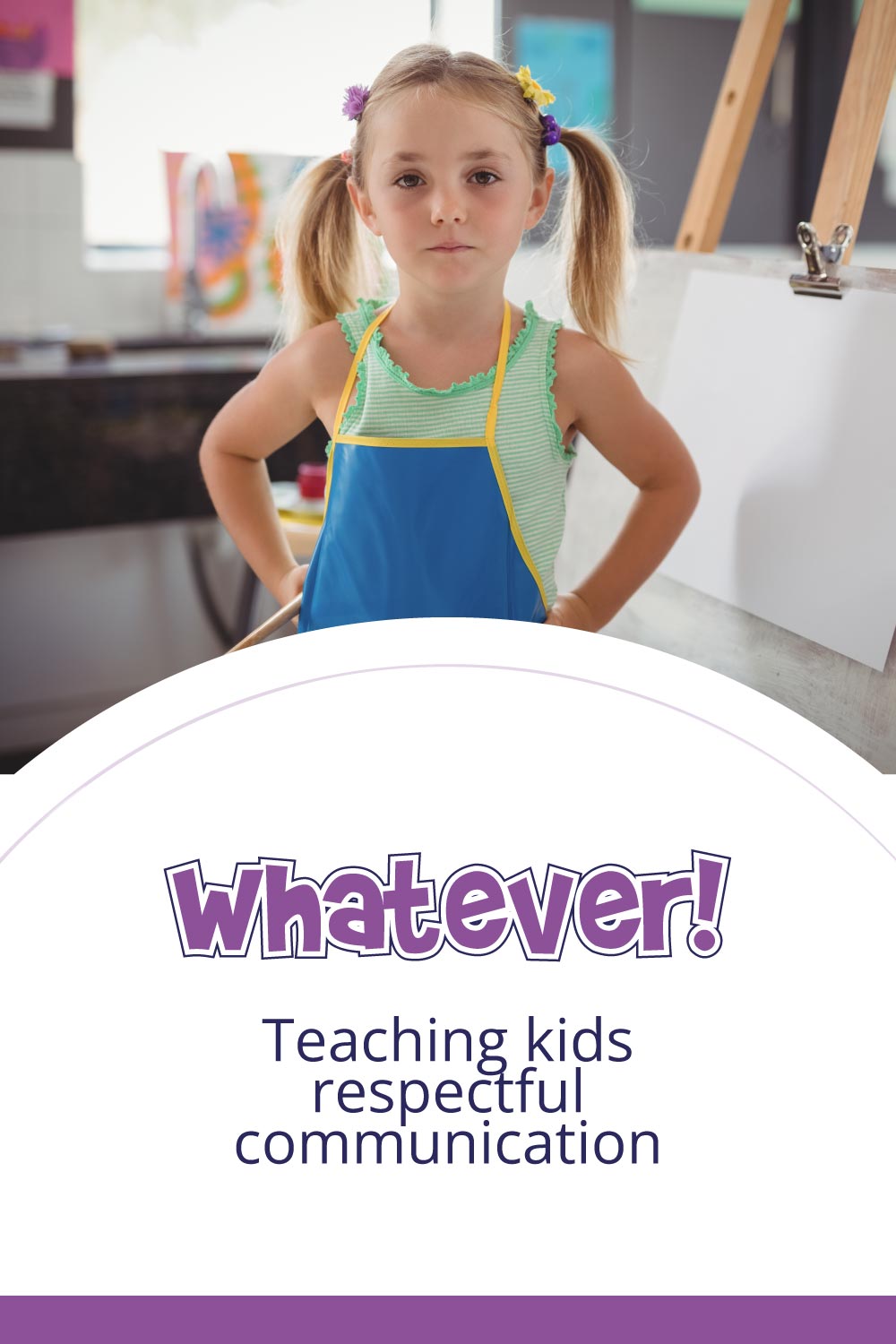
Whatever! Picture my 13-year-old self, permed hair 3-feet high, with my hands on my hips, wearing a cropped top, Jordache jeans, and a Billy Idol snarl. As you might expect given that visual, I grew up hearing (with mantra-like frequency) "It’s not only what you say, it's also how you say it." In fact, my parents banned the word “whatever” in our household because we kids just couldn’t keep ourselves from rolling our eyes when we hit the last two syllables of the word.
I didn’t fully get it then, but now, as a parent, I understand the importance of communicating respectfully. Body language and tone speak volumes so teaching kids to act with respect toward parents, teachers, and friends is essential. Imagine if my parents didn’t correct my disrespectful tones when I was young and I grew up thinking it was ok to speak to my boss like that? Or a police officer? “A ticket? Whatever!!!”
Teaching respectful communication
Now, with my own kids, I find myself pulling out the classic parental phrase, “It’s not only what you say, it's also how you say it," on a regular basis . My kids’ talent for making the word “sorry” sound like an insult is nothing short of amazing. Or how about all those statements that end with a condescending tone that sounds like “, stupid” has been tacked on the end of the sentence? “It’s at 4:00 not 3:00 (, stupid.)” or “No, it’s a grasshopper (, stupid).” The tone they use to show they are smarter or more knowledgeable might make them feel better in the moment, but to the person on the receiving end, it’s a put down and it doesn’t feel very good. Being aware of tone and body language is an essential element of treating people with respect. In its simplest form, respect means "you act in a way that shows you care about others' feelings and well-being.” (See a definition of respect for kids here.) So if we want to raise caring children, it’s important to help them learn that an insincere apology and turning a clarifying statement into a put down are flat out disrespectful and unkind.
How to encourage more respectful communication
Sometimes, my kids know full-well that they are throwing some attitude around. Other times, they truly have no idea that their face, body, and tone are communicating at full volume. When I mimic back what they said—in the way they said it—they don’t believe they could possibly have been that rude, aggressive, or obnoxious. They just get mad. Suddenly I’m the bad guy because they think I’m mocking them. And that would be disrespectful, so they have a point. So what can we parents do to counter the tones, snarls, and eye rolls in a way that role models respect?
Replace disrespect with a new behavior
To solve this dilemma, I turned to parenting expert Michele Borba. In her book, The Big Book of Parenting Solutions, Borba writes,Pause and reset for respect
So here’s an approach that is showing success in our house. When my kids say something in a tone or with a look that’s hitting us with waves of attitude, I say simply and quietly, “I think you want to try that again.” This simple phrase stated calmly, without anger or judgement, causes my children to pause and consider what they sound like. They realize they need to self-reflect about why I’m asking them to rephrase. Since they aren’t under attack and don’t feel they are being mocked, they are less apt to get defensive. Instead, they focus on how they can restate their point without the attitude. On occasion, they get a bit prickly about it, but that’s only because it can be hard to accept one’s error gracefully (and who can't relate to that feeling?). I’m hoping that with time, they’ll learn to use respectful speech the first time, and skip the humble pie.Update for teen life
By the way, I originally wrote this blog when my kids were young, about ten years ago. Today they are teens and young adults and I can say that the approach really did help. But, growth is a long-term process and I came to realize that learning to monitor your tone and body language is a lesson that’s just as important when they start asking for car keys, getting their first job, and expanding their independence in the world. You can see the teen-version of the same lesson at our sister-site, Truth Be Told Quotes, which I wrote when my children introduced me to the wonders of raising teens. Check out the teen version of “It’s not just what you say, it also how you say it” here.
Note: this page contains affiliate links.
Colleen Doyle Bryant
Colleen Doyle Bryant is the author of five books and more than 50 learning resources about making good choices for the right reasons. Her Talking with Trees series for elementary students and Truth Be Told Quotes series for teens are used in curricula around the world. Rooted in Decency, Colleen’s most recent release, written for an adult audience, explores how the decline in common decency is affecting wellbeing, and how we can build more trust and cooperation. Learn more at ColleenDoyleBryant.com
